PICKIT
What is File
Management?
Discover how DAM revolutionizes file organization, providing new
collaboration and distribution possibilities for marketing teams.
File management refers to the organization, storage, retrieval, and manipulation of digital files and documents. It involves establishing a systematic approach to file organization, ensuring easy access, and maintaining data security.
Effective marketing teams use file management software to locate the right files quickly, collaborate seamlessly, and maintain version control.
Are file storage tools like Dropbox the best choice to increase productivity and improve marketing outcomes? We will be dismantling some of these myths.
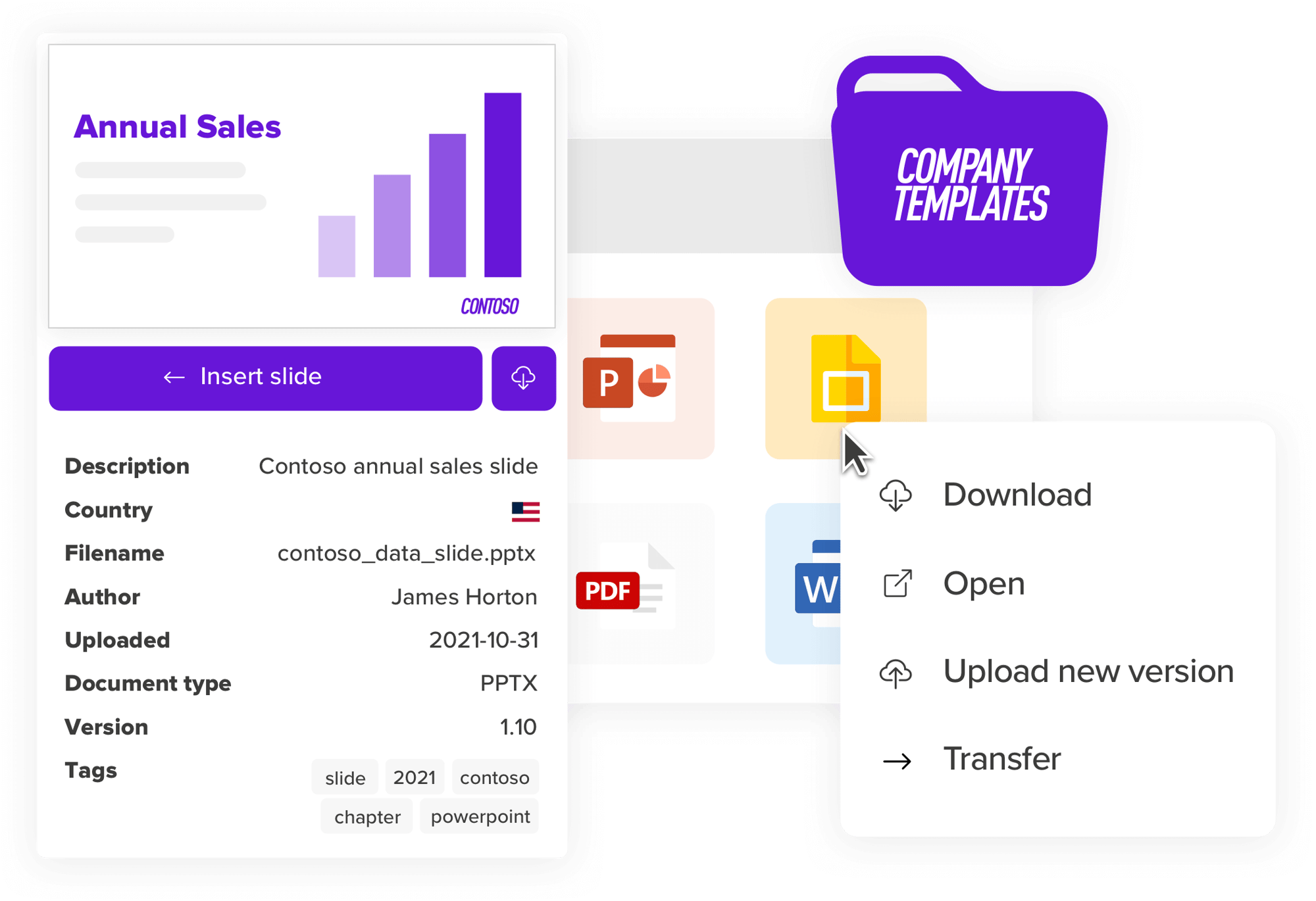
Featured Articles
We get it, the amount of information out there can feel overwhelming, to say the least. Hereby, you have a selection of the most frequent question related to file management, ROI and DAM.
Pick your favorite here →
- What’s the difference between file management software and digital asset management?
- What are the benefits of file management software?
- How do I measure ROI on file management vs. DAM?
- How much time can you save with DAM software?
- Can I use my file management software and DAM?
- How do I migrate my files from cloud storage to a DAM software?
What’s the difference between DAM and file management software?
Marketing teams are constantly grappling with the challenge of efficiently organizing and utilizing their digital assets. Although file management and DAM may appear similar at first glance, they possess distinct functionalities and benefits.
DAM has efficient searching and filtering
File management software typically relies on basic folder structures and file names for organization, while DAM systems offer robust metadata management. Marketing teams can attach descriptive metadata, such as keywords, tags, descriptions, and copyright information, to assets. This enables efficient searching and filtering, allowing teams to quickly locate and utilize the right assets, thereby saving valuable time.
DAM manages digital assets with workflows
File management software often lacks advanced collaboration and workflow features necessary for marketing teams. Digital asset management systems facilitate seamless collaboration by allowing multiple users to access and work on assets simultaneously. DAM platforms also offer version control, commenting, and approval workflows, streamlining the review and approval process for marketing campaigns. These features enhance team collaboration, foster better communication, and ensure that everyone has access to the most up-to-date assets.
DAM ensures smooth assets distribution
While file management software typically focuses on internal file storage, DAM platforms provide extensive distribution capabilities. Marketing managers can leverage DAM to distribute assets to external stakeholders such as agencies, partners, and clients. DAM solutions offer secure sharing options, customizable portals, and permissions management, enabling efficient collaboration with external parties without compromising file security.
DAM has analytics and reporting
Digital Asset Management solutions often incorporate analytics and reporting functionalities, essential for marketing teams seeking to optimize their asset utilization. DAM platforms generate valuable insights into asset usage, performance, and engagement metrics. Marketing managers can gain visibility into which assets are most effective, how they are being used across channels, and make data-driven decisions to improve marketing strategies.
Insights Dashboard
Boost brand intelligence by understanding usage and needs, then optimize your assets with actionable analytics from our unique Insights dashboard.
Radinn Streamlines Distribution Using Pickit Brand
Radinn was experiencing explosive growth, and its network of business partners was increasing rapidly. They quickly realized there was no simple way to get an overview of the files and browse content, and it was hard to keep the material up to date and organized.
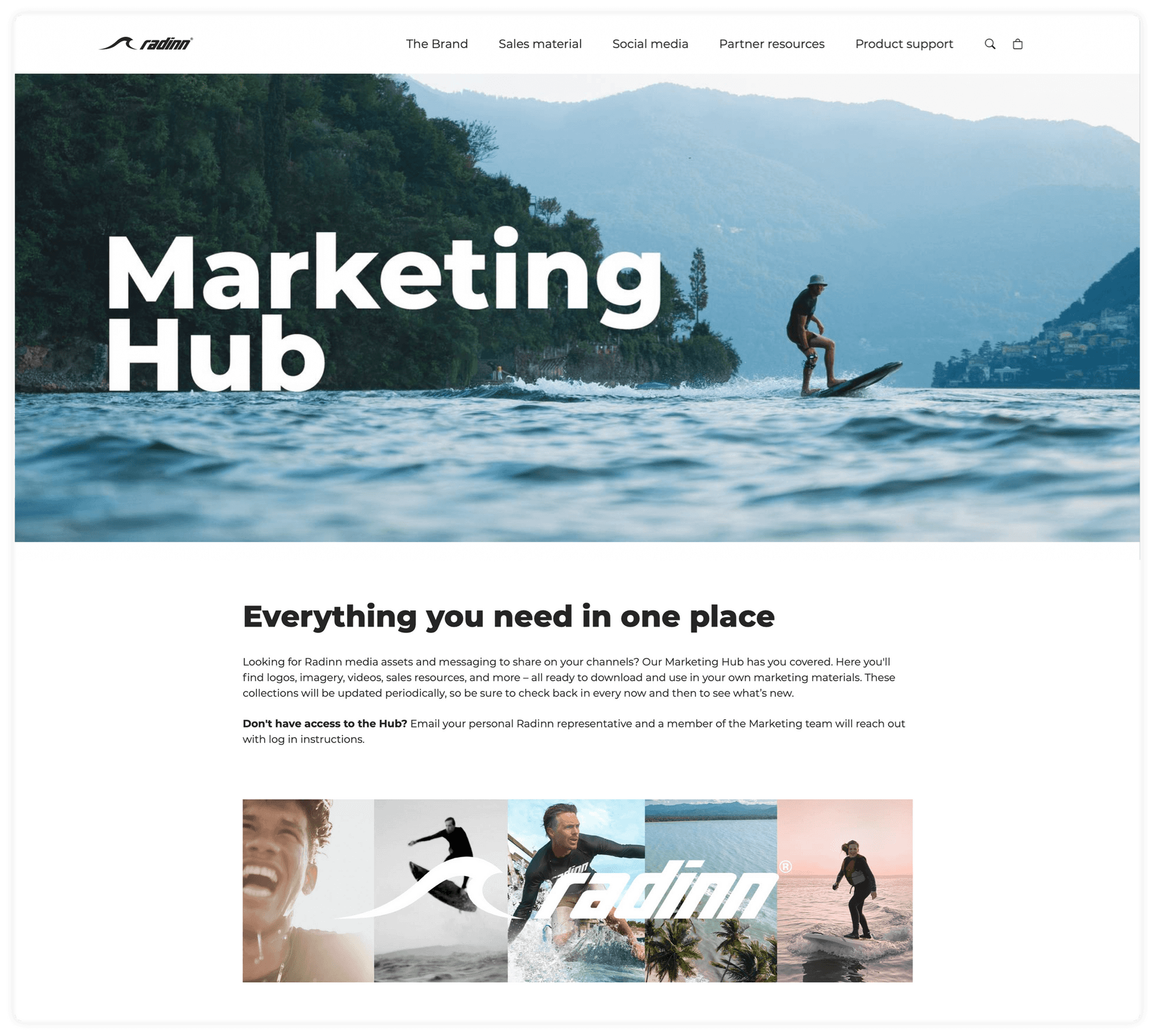

What are the benefits of file management software?
At first glance, you might think that file management is your go-to-solution for keeping everything centralized in a single place. We get it. Everyone knows how to use it, it is affordable, and the implementation can be done in just a few hours. However, it will only be little after that you might feel stuck using the wrong tool.
Explore best Dropbox alternatives for your marketing department in 2023
Now imagine your marketing team of five people serving an organization of 100 people. The number of files you will be collecting in less than a year might be overwhelming: campaign assets, event pictures, social media banners, and sales decks, just to name a few.
After you know it, your marketing team will spend more than 15 hours a week searching for the right asset, sharing the latest PR version with partners and customers, and pulling teeth with sales when asking for sales presentations.
That’s where a DAM system comes into play. It will offer robust metadata capabilities, making it easier to search, filter, and locate specific assets quickly. This will quickly enhance efficiency and save time for your marketing team.
DAM also offers features like asset distribution, customizable portals, permissions management, and analytics specific to marketing workflows. It automates manual tasks, streamlines workflows, and eliminates duplication or outdated assets.
While file management software may suffice for basic file storage needs, DAM offers specialized features tailored to the unique requirements of marketing teams, providing a comprehensive solution to efficiently manage digital assets and enhance marketing operations.
How do I measure ROI on file management vs. DAM?
ROI is connected to usage, but this one can be challenging to calculate depending on how your organization is structured. Here are some common KPIs that you can consider:
File retrieval time
It measures the time it takes for users to locate and retrieve files or assets. A decrease in retrieval time indicates improved efficiency and productivity.
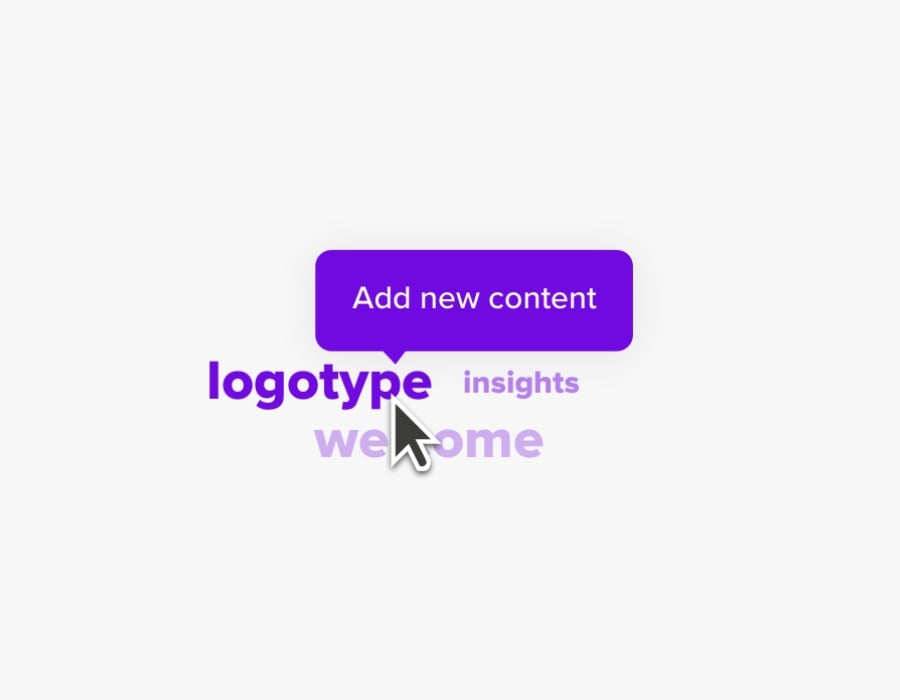
Search effectiveness
It assesses the effectiveness of search functionality. Track metrics such as the percentage of successful searches or user satisfaction with search results.
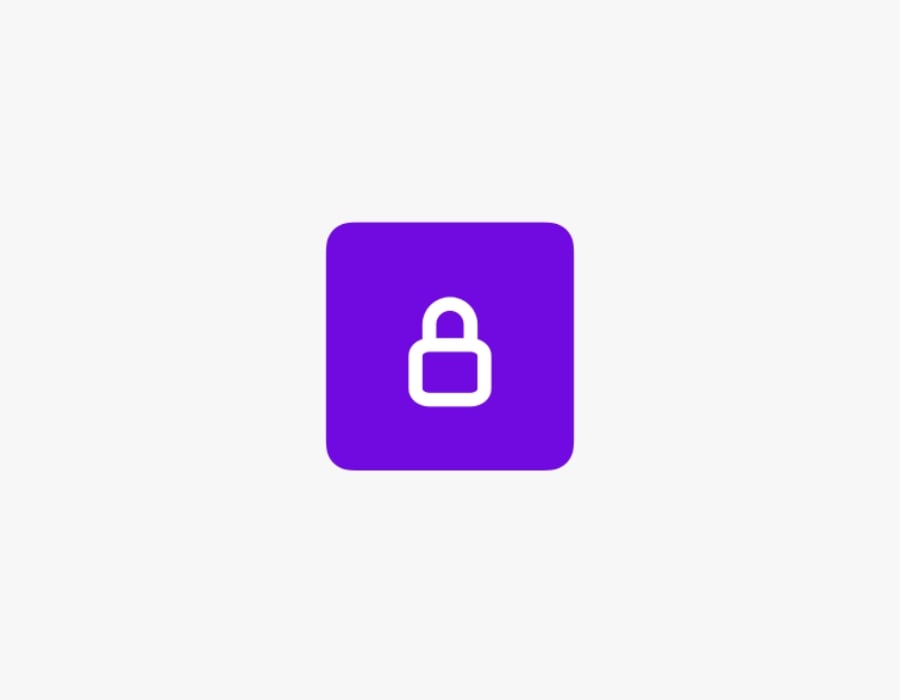
Version control
Assess the effectiveness of version control. Monitor metrics such as the number of file versions or time spent resolving versioning issues.

Asset reuse
Measure the frequency of asset reuse within your organization. This can be measured by tracking the number of times an asset is reused in different projects or the percentage of assets reused compared to total assets.
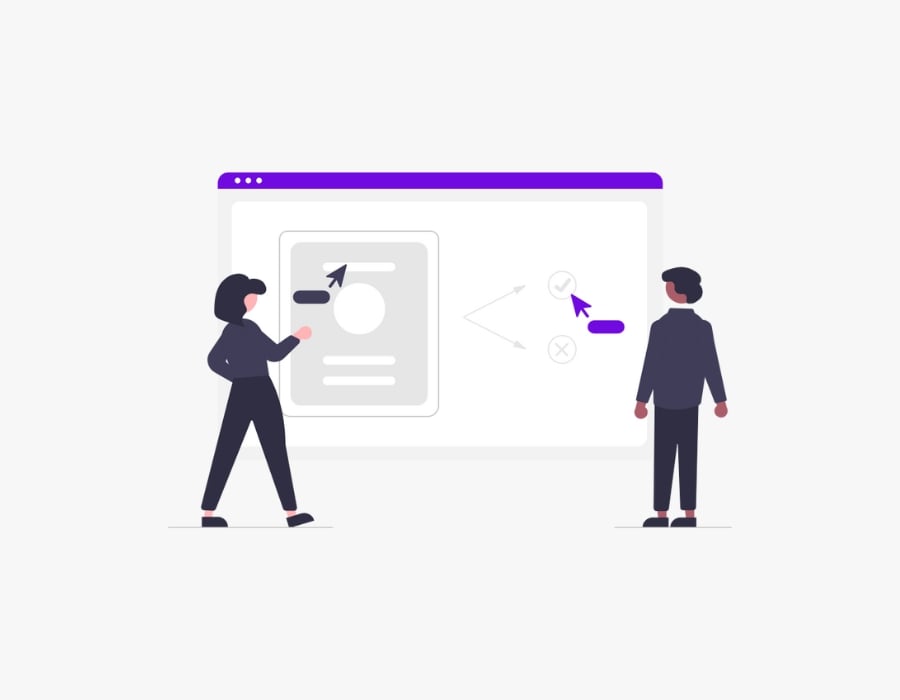
Collaboration efficiency
Measure improvements in collaboration and teamwork. Track metrics such as the number of concurrent users, average response time for collaborative tasks, or user feedback on collaboration features.

Compliance & security
Monitor metrics related to compliance with data regulations and security measures. This may include tracking the number of security incidents, adherence to compliance policies, or successful completion of security audits.
How much time can you save with DAM software?
According to a McKinsey report, employees spend 1.8 hours daily searching and gathering information, summing an average of around 9 hours per week. In this article, we explain how to:
- Calculate all costs associated with asset management
- Mitigate costly collaborative activities
- Take your time back
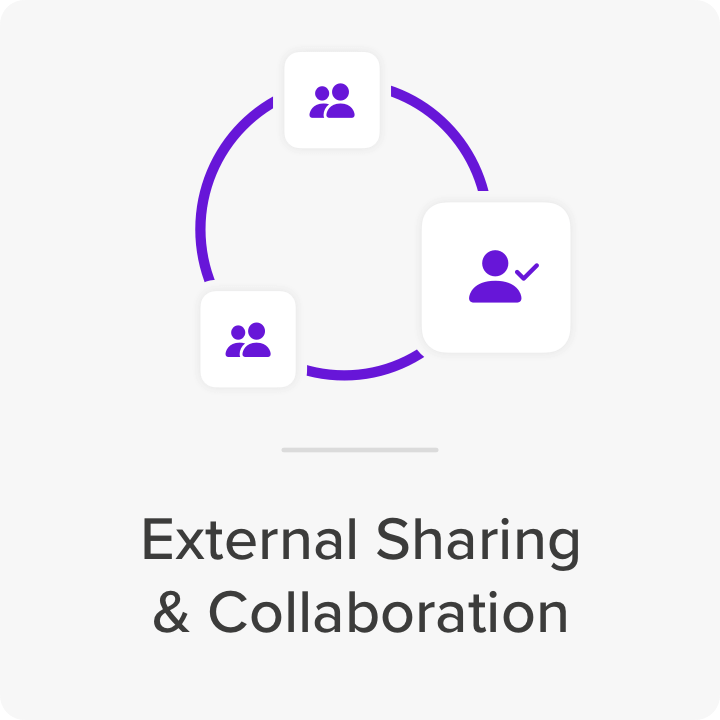
Can I use my file management software and DAM?
If you are already using file management software and are considering a DAM tool, we got your back. While file management software focuses on general file organization, DAM systems are more specialized for managing and leveraging digital assets within an organization. By integrating your file management software with a DAM system, you can leverage the benefits of both tools.
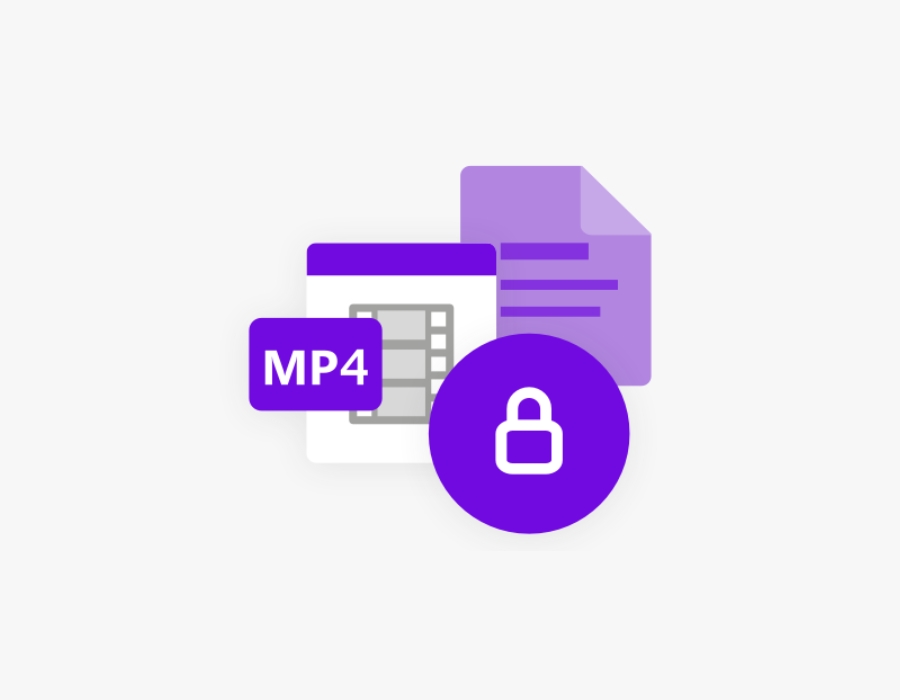
File organization
You can use your file management software to arrange files and folders on your local storage system. This can include creating a logical folder structure, organizing files by type or category, and setting permissions for access.
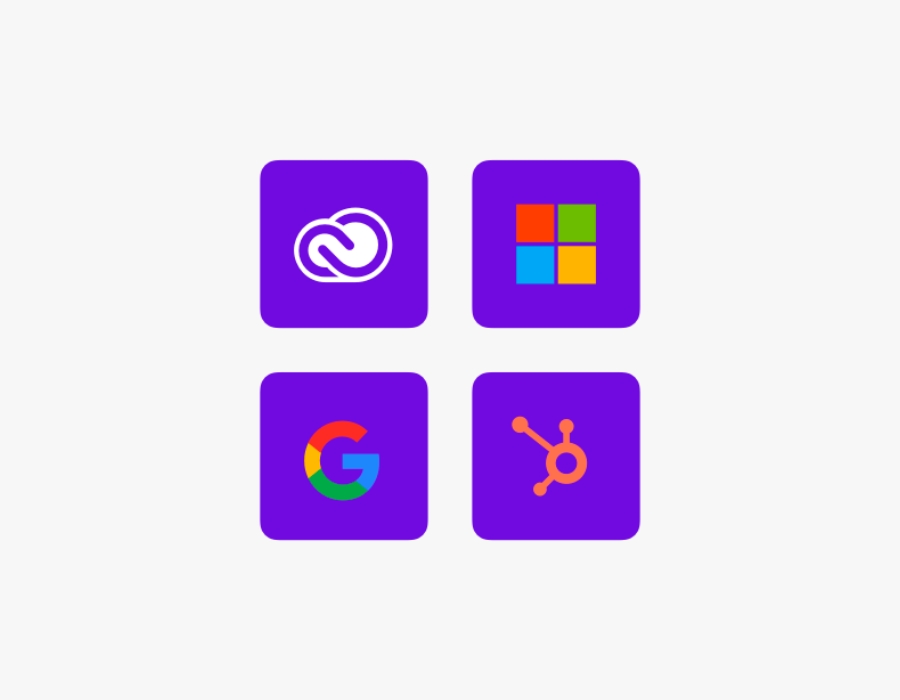
Importing to a DAM
Once your files are organized, you can use Pickit’s system to import and catalog your digital assets. This involves assigning metadata to each asset, such as titles and keywords to facilitate easy search.

Syncing metadata
Pickit offers integration or synchronization capabilities with file management software. You can automatically import or update metadata from your file management software to Pickit, ensuring consistency.
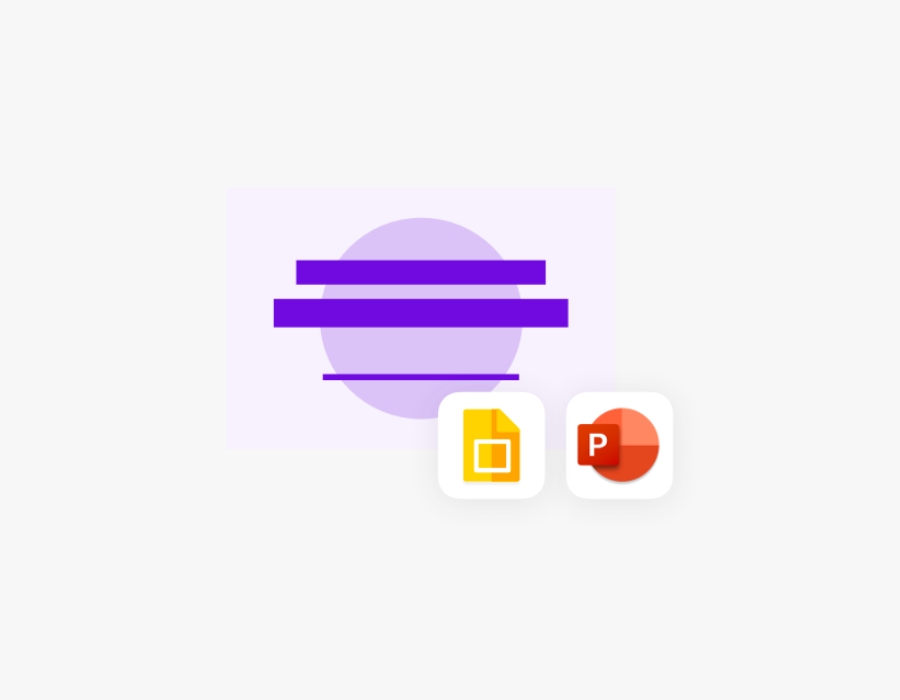
Asset management
Take advantage of advanced features for asset management. This includes version control, where you can maintain different versions of an asset, track changes, and revert to previous versions if needed.
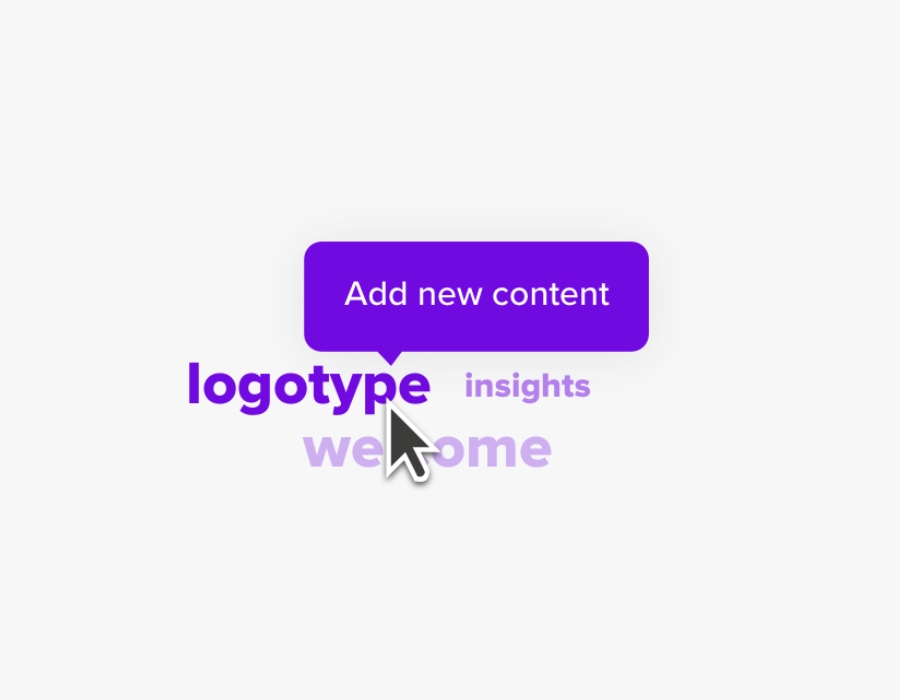
Collaboration & sharing
Allow teams to work together on assets, review and approve files, and share them with external stakeholders. You can use these features to streamline your workflows and enhance productivity.

Access & distribution
With Pickit you can control access to assets and distribute them to various channels or platforms. This can include publishing assets to websites, social media platforms, or integrating them into other software apps.

How do I migrate my files from cloud storage to DAM?
Migrating your files from cloud storage to Digital Asset Management (DAM) software can be a strategic decision to centralize and optimize your processes. Here are some steps to consider when planning and executing the migration:
- Assess your current file structure and metadata.
- Identify key requirements and objectives for the DAM software.
- Select a suitable DAM software based on your needs.
- Develop a migration plan, including steps, timeline, and responsibilities.
- Prepare and clean up your files, removing duplicates and ensuring compatibility.
- Follow the DAM software vendor's guidelines to transfer files from cloud storage to the DAM system.
- Test the DAM software, ensuring accessibility, metadata integrity, and functionality.
- Train and support users on the new DAM system, emphasizing its benefits and best practices.
By following these steps, you can successfully migrate your files from cloud storage to DAM software, enabling more efficient and comprehensive management of your digital assets.
In-depth DAM migration guide: 10 years of real-world experience [2023]
Discover key strategies and best practices for a successful digital asset management migration and unlock the full potential of your content.
"Pickit is very simple to deploy and use in our organization. As we have operations in both Europe and US, it's a simple and nimble way to keep track of the pictures and templates we have as standard in our company.

See how Pickit can
help your organization
product specialists today.